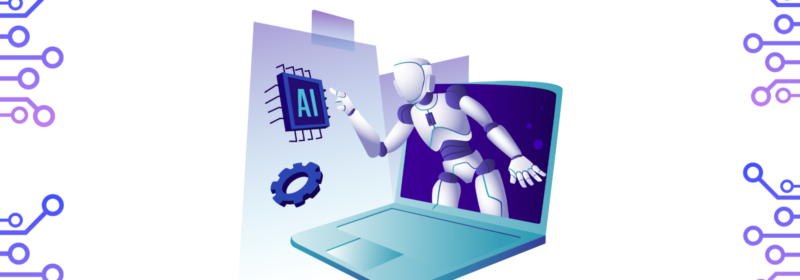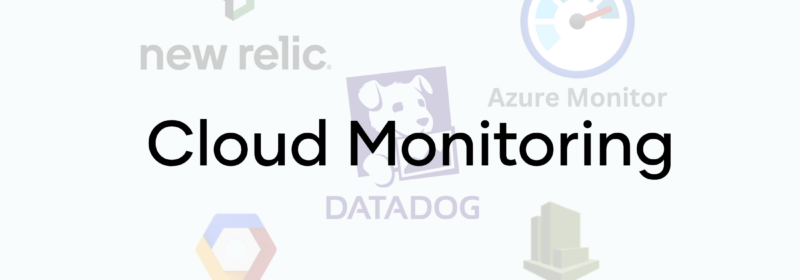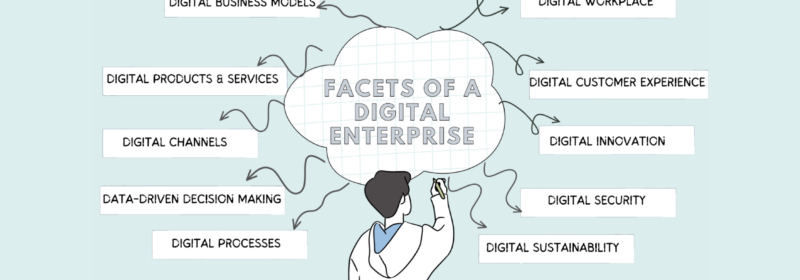Author

A Guide to Generative AI Development
This blog post will provide you with insights and best practices for developing generative AI solutions. By the end of this guide, you’ll have a clear understanding of what generative AI entails, how it works, use cases, benefits, required tech...

Large Language Models Explained
What is a Large Language Model (LLM)? A large language model (LLM) is an artificial intelligence (AI) algorithm trained on large amounts of text data to create natural language outputs. These models have become increasingly popular because they can generate...

What Is Data Analysis? Types, Methods, and Tools for Research
Data analysis is the process of cleaning, transforming, and interpreting data to uncover insights, patterns, and trends. It plays a crucial role in decision making, problem solving, and driving innovation across various domains. This blog post will discuss common data...

The Benefits of Building a DevOps Environment
In this article, we’ll provide a clear understanding of DevOps, break down terminology and concepts associated with it, review the benefits and challenges of adoption, and go over the steps to adopting a DevOps model. What is DevOps? DevOps is...

What is Cloud Monitoring? Types, Best Practices, Tools
Cloud monitoring is the process of monitoring, analyzing, and troubleshooting cloud-based systems, applications, and infrastructure to ensure they’re running smoothly, efficiently, and securely. It involves collecting data and metrics from various sources, such as cloud computing platforms, applications, and services....

The Roadmap to Becoming a Digital Enterprise
What is a Digital Enterprise? A digital enterprise is a business that has fully integrated digital tools and technologies across all aspects of its operations, from ideation to realization to utilization. Integrating digital tools and technologies enables your enterprise to...

Cloud-Based App Development: How to Build, Considerations, & More
At this point, cloud-based applications aren’t a new concept. Many organizations have shifted from legacy systems to the cloud to build faster applications that better fulfill customer needs and meet their demands. If you’re just beginning your modernization journey, this...

Your Guide to Scaling Microservices
As applications become more complex, developers have moved from a monolithic architecture to microservices to more easily scale individual services and meet user expectations. Because of their scalability, microservices have become popular for developing modern web, mobile, and cloud-based applications....

A Guide to Backend Databases
The backend is the part of an application responsible for storing and processing data. It’s the opposite of the front end, the part of the application that users interact with. The backend typically comprises servers, application programming interfaces (APIs), and...

Introducing Couchbase Capella iQ and Capella’s Newest Capabilities
Introducing Capella iQ, a Generative AI-powered Coding Assistant Couchbase has introduced Capella iQ, a Generative AI-powered developer’s coding assistant built into the Capella Workbench. Capella iQ is designed to dramatically improve developer productivity by enabling conversations that help with writing...

What is Data Modernization? Benefits and Challenges
As the needs of both customers and organizations evolve, organizations search for solutions to meet and surpass these needs. Because the data modernization process offers improved methods for storing and analyzing data, organizations have increasingly turned to modern solutions in...

What is a Transactional Database?
Transactional databases store data in rows rather than columns to read and write data quickly. A transactional database maintains data integrity by relying on ACID (atomicity, consistency, isolation, durability) properties. ACID ensures that a database is restored to its original...